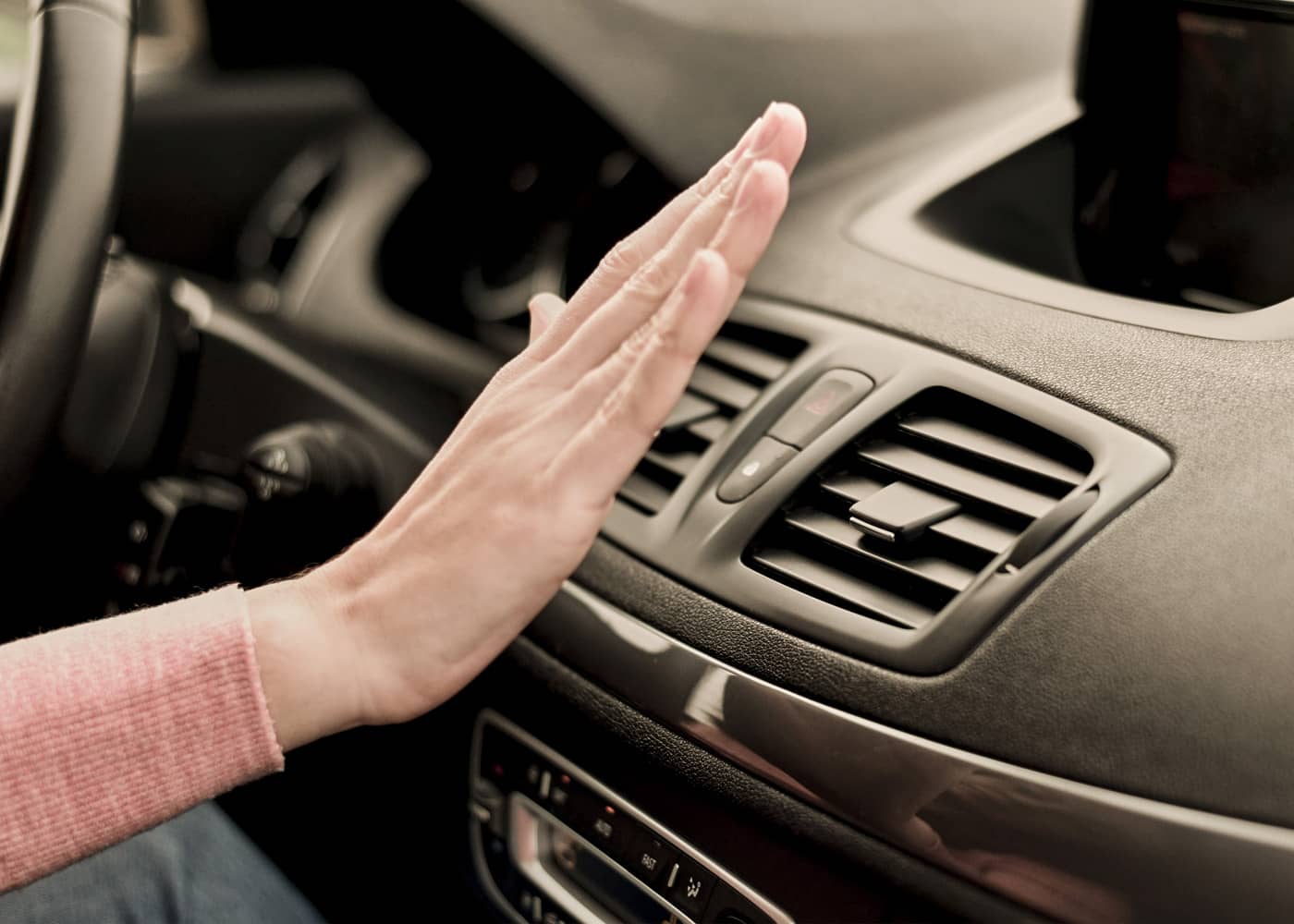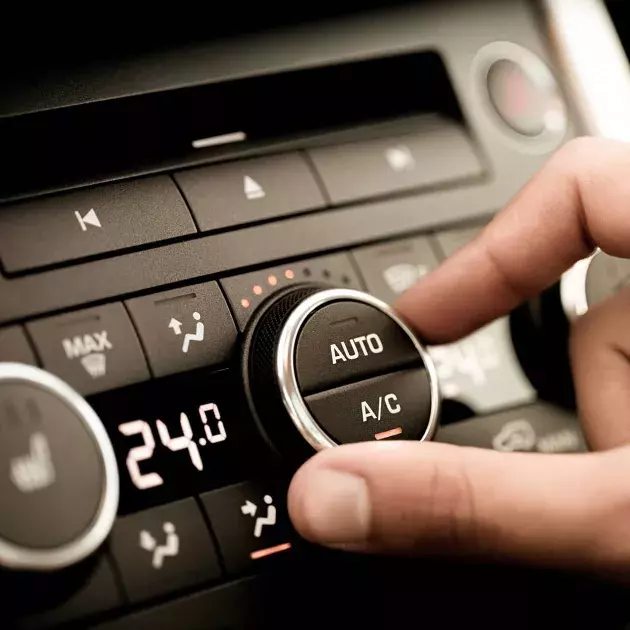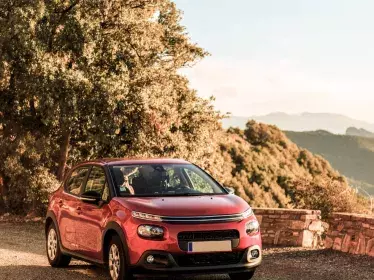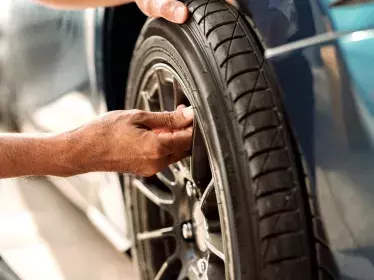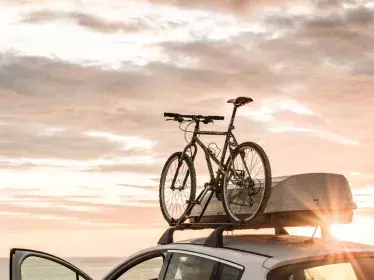Driving in a car that is very (too) hot has the same effect as drinking alcohol. Your reflexes are slower and your decision-making can be affected by temperature fatigue.
The ideal temperature is between 19°C and 21°C. But in hot weather, this may not be recommended. If it's 20°C in your car and 35°C outside, you're at risk of catching a cold due to the thermal shock. It is best to set the air conditioning to a minimum of 25°C if the outside temperature is higher than 30°C.When you set off, you can also perform stepwise cooling, in 2–3°C steps. This helps to avoid ice formation on the windscreen due to the large temperature difference between the cold air stream and the hot glass.
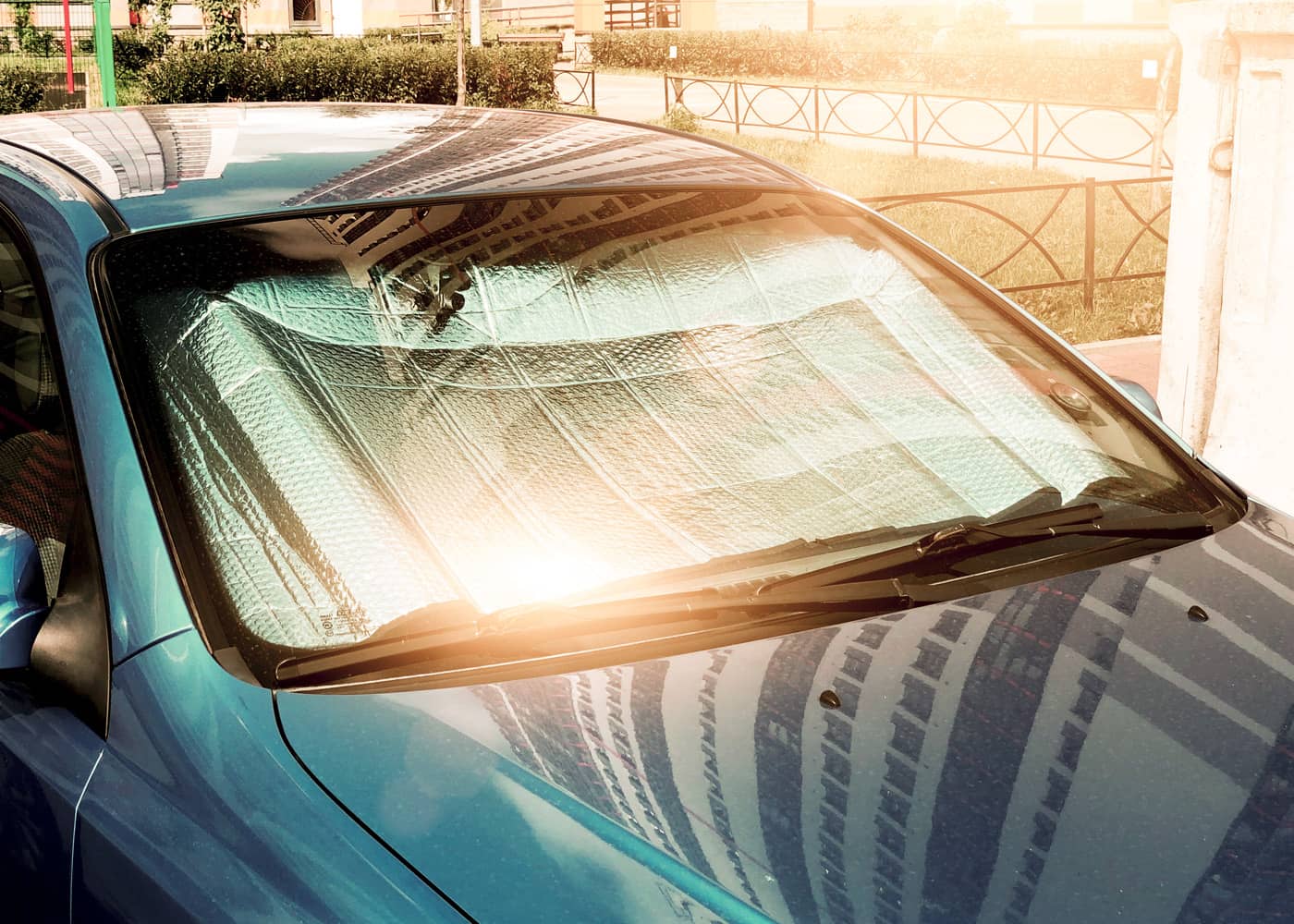
Points de vigilance
Driving in hot weather is not just about air conditioning. You must also be aware of the following:
- Avoid leaving the car parked in direct sunlight. If necessary, cover the windscreen or at least the steering wheel to protect the interior from the sun's rays.
- Check the coolant level.
- Keep the battery in good working order.
- Repair chips in your windscreen: Heat and then air conditioning can turn them into cracks.
- Use windscreen washer fluid suitable for summer and removing insects from the windscreen.
- Preferably drive with the tyres at the highest permitted pressure ('loaded').
- Make sure you have enough water to drink in the car. If possible, leave it somewhere in the passenger compartment that is protected from the sun or in a cold storage compartment.
- Protect your head and the heads of all passengers in a convertible.
- Programme the air conditioning when charging with a rechargeable electric or hybrid car.
- If the passenger compartment is very hot, open the windows (and the sunroof) as soon as the vehicle is started to remove the heat accumulated before allowing the air conditioning to operate, closing them a few minutes later.
- Do not drive with large windows open on the motorway.
- Pull or install the sun visor at the rear.
- Don't forget your sunglasses.
- Dress in light, loose-fitting garments made from natural fibres.
- Direct the air conditioning flow indirectly to better ventilate the passenger compartment.
- Take regular breaks, especially to hydrate. Avoid sweet drinks (fizzy drinks) or diuretic drinks (coffee, tea). And of course, don't drink alcohol.
- At the first sign of heat stroke, find a cool or shaded place to rest.
- Avoid the hottest hours of the day when travelling.
- Do not leave a person or a pet in the passenger compartment when parked in direct sunlight.
- A clean car reflects the sun's rays better and therefore heats up less quickly.
